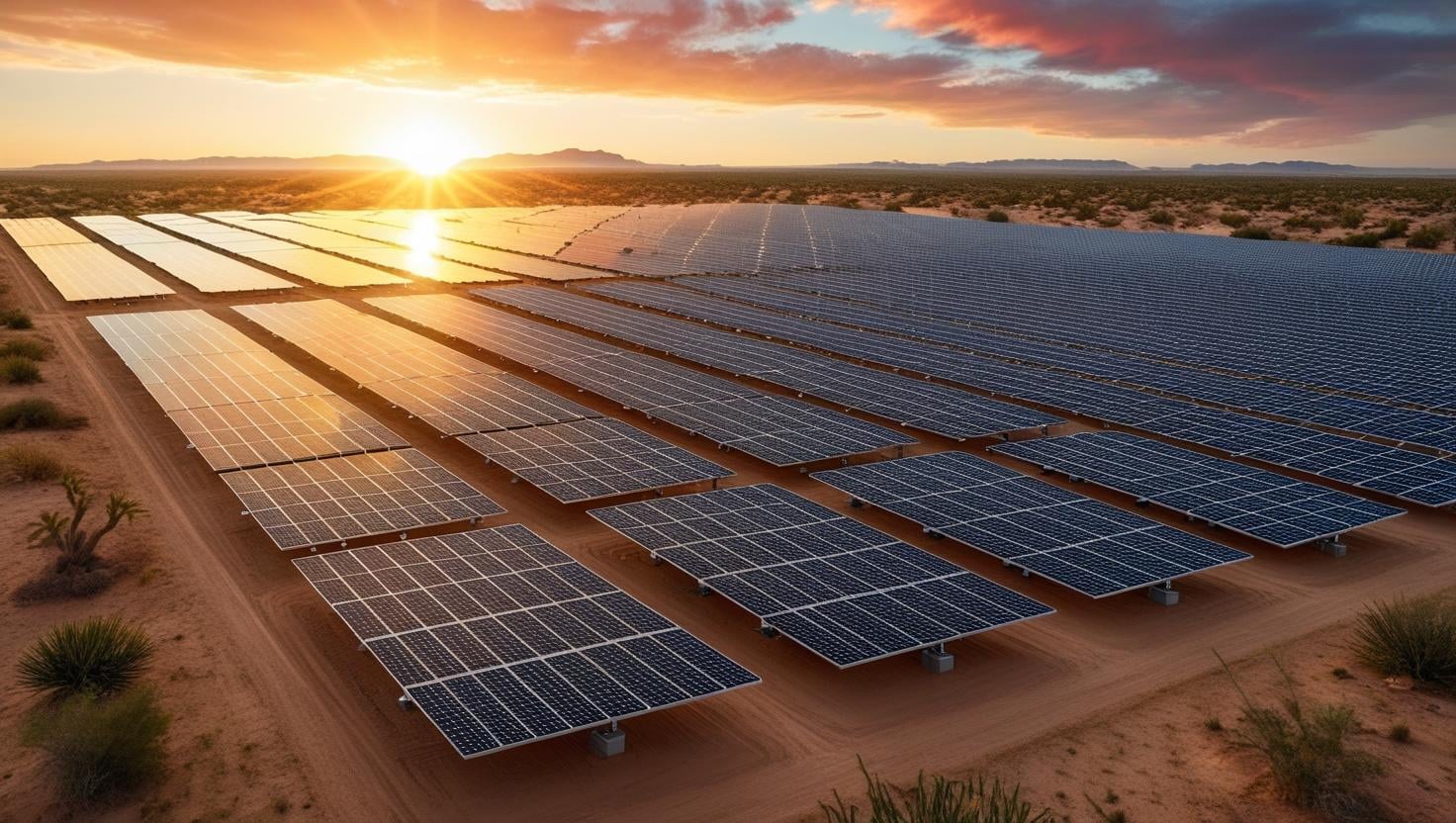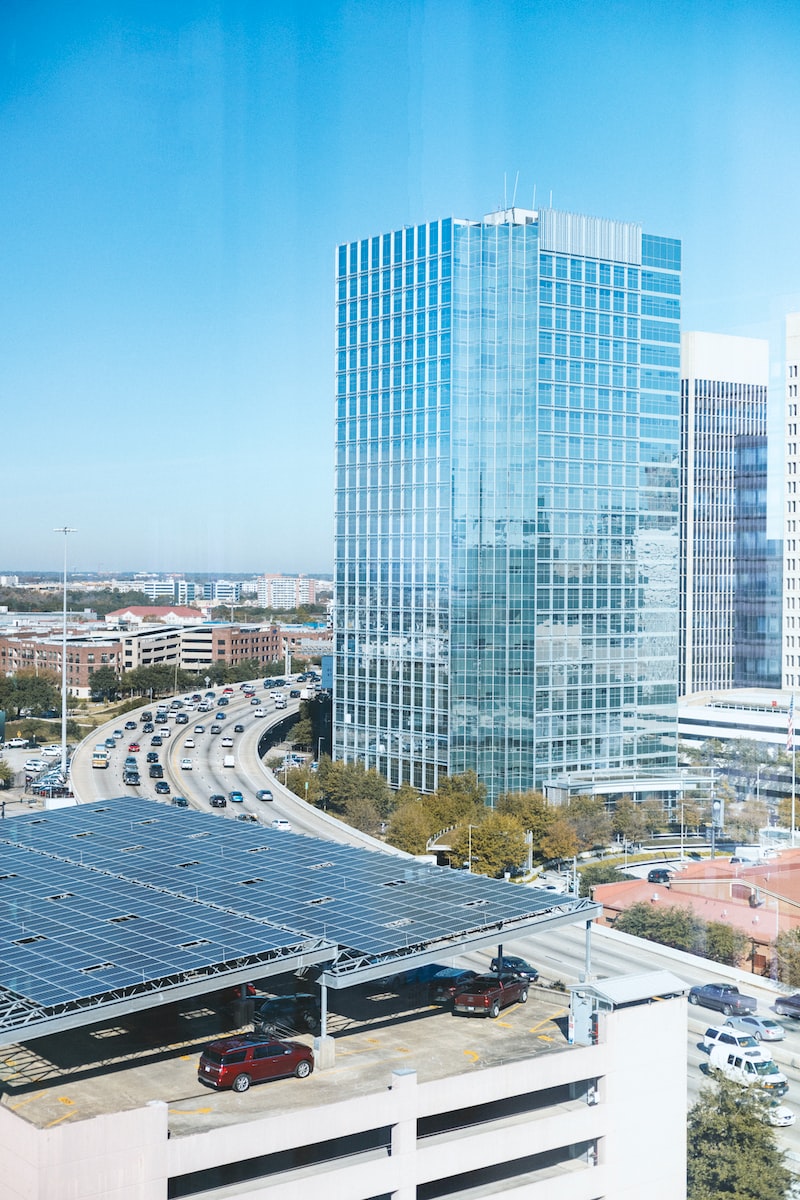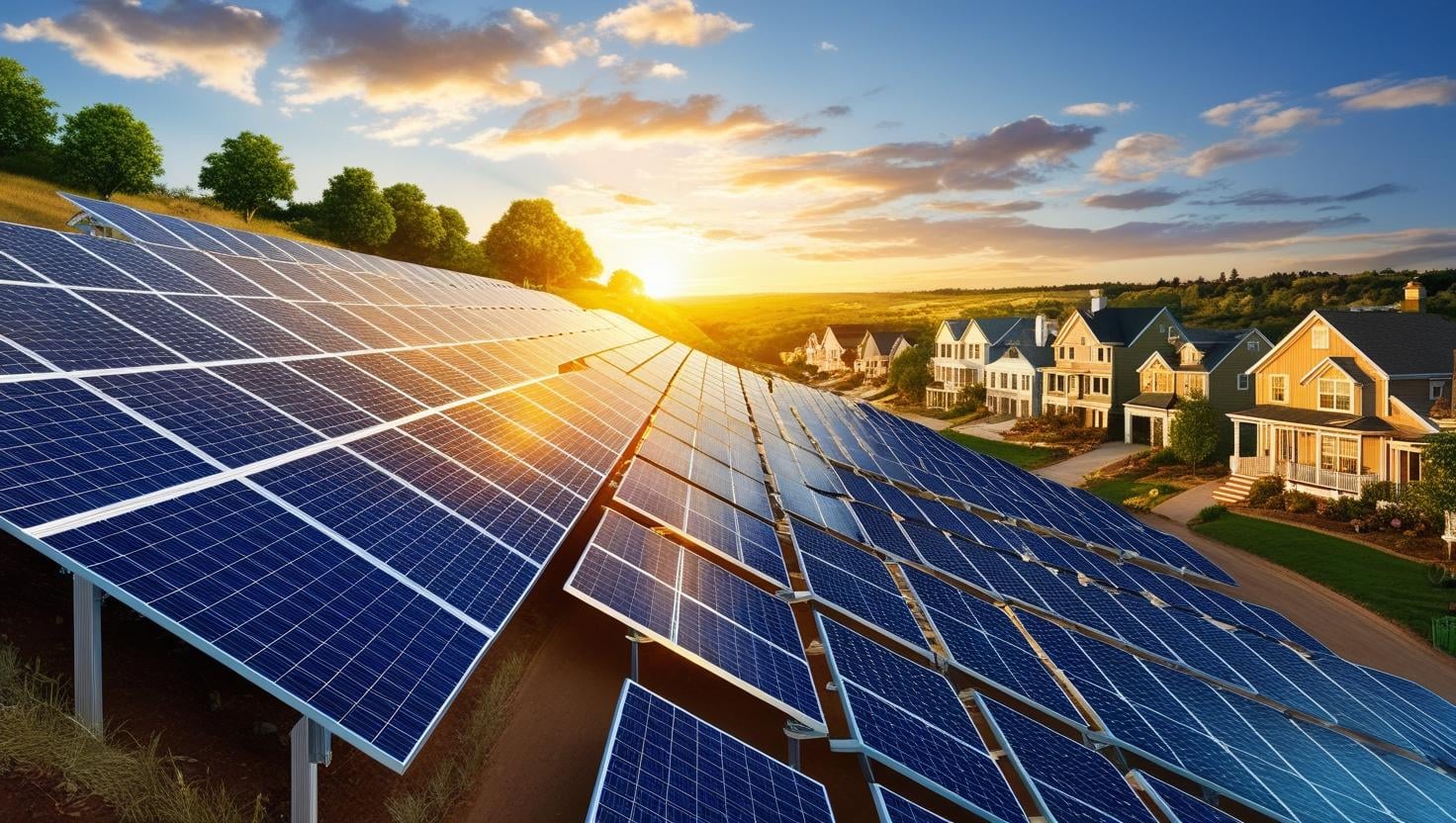Key Takeaways
- Leasing land for solar farms offers financial benefits and supports renewable energy goals, making it a win-win for both landowners and the environment.
- Understanding factors like land suitability, proximity to infrastructure, and zoning regulations is essential for successful solar farm development.
- Partnering with experienced developers simplifies the process, ensuring that projects align with environmental regulations and community goals.
With rising interest in sustainable energy, many landowners are exploring the potential of solar development on their property. Installing solar panels not only brings environmental benefits but can also serve as a steady revenue source.
But what type of land is ideal for a solar farm?
This guide will cover key considerations like land attributes, zoning regulations, and collaboration with developers to help bring your solar project to life. If you’re contemplating leasing your land for solar or simply curious about its possibilities, read on!
Understanding Solar Farms
Solar farms are large-scale installations of solar panels positioned to maximize sunlight absorption. Typically situated on leased land, these installations provide landowners with a reliable income stream while advancing green energy initiatives. A well-designed solar farm often includes rows of panels that can coexist with crops or livestock, supporting agricultural productivity without disruption.
The Function of Solar Farms
Solar farms are instrumental in reducing dependency on conventional energy sources by supplying clean energy to power grids. Unlike rooftop solar systems, these installations generate energy on a scale that can power entire communities, making them valuable assets in the shift toward sustainable energy. By converting sunlight into electricity efficiently, solar farms play a crucial role in minimizing carbon emissions.
The Role of Landowners
Landowners contribute significantly to solar farm development by leasing their property to developers. This arrangement offers financial incentives and aligns with broader clean energy goals. By partnering with skilled developers, landowners can make the most of their land’s potential while supporting a greener future.
Land Considerations for Solar Development
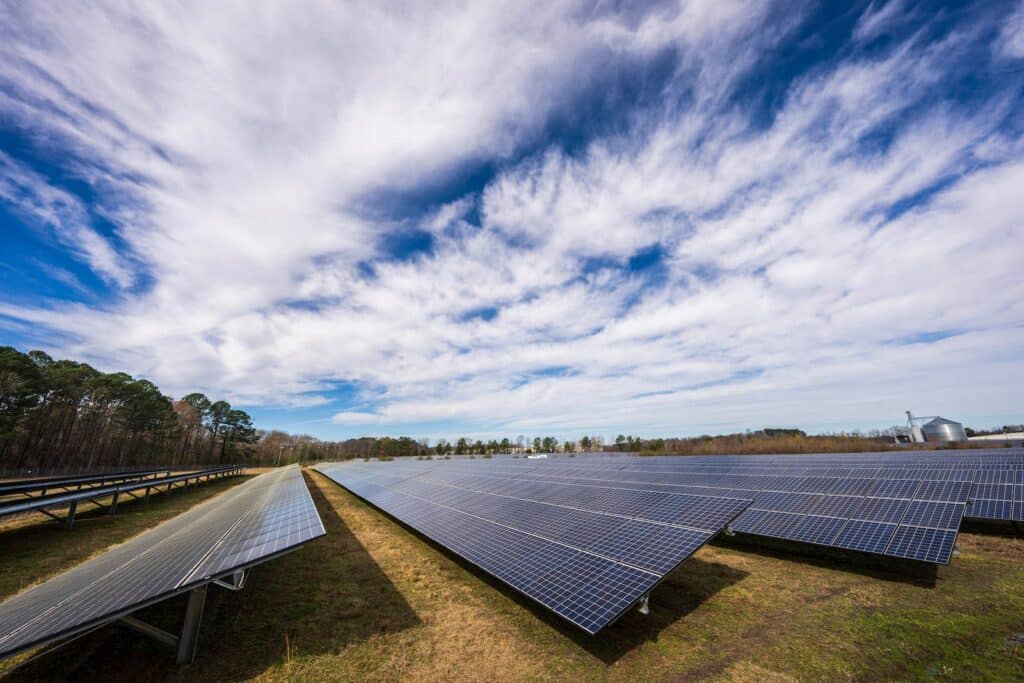
Selecting the right site for solar development involves assessing several land attributes. Ideally, solar farms require flat, unobstructed land, though developers can often adapt sites with minor imperfections for successful installations.
Topographical and Environmental Factors
When evaluating a site, developers consider factors like landscape, topography, and environmental impact. Adjustable solar panel mounts enable installations on gently sloping land, while uneven terrain might need additional groundwork. Developers also assess environmental aspects, prioritizing sites without significant wildlife habitat concerns to minimize ecological disruption.
Collaborative Solutions
Since most sites are not flawless, developers frequently collaborate with landowners to overcome challenges. For example, they might work around natural features or existing structures to optimize panel placement. By focusing on each land’s unique strengths, developers create site-specific strategies that satisfy landowner goals and meet technical requirements.
Weighing the Pros and Cons
Committing to a solar project requires careful consideration of both benefits and potential trade-offs. Solar development offers financial gains and promotes sustainability, yet may involve long-term commitments and land use changes. Thorough discussions with developers can guide landowners in making well-informed choices about their property’s future.
Solar Farm Land Requirements
Proximity to utility infrastructure is a key factor in solar farm development. Sites closer to distribution lines and substations reduce the costs and complexity of connecting to the electrical grid, making the location more desirable for developers.
Importance of Utility Proximity
Developers prefer sites near existing utility infrastructure to streamline grid connections. Closer proximity decreases the expense of extending distribution lines, simplifying the energy transfer process. This aspect is vital for effective energy distribution and utilization.
Cost Implications
The distance from utility lines significantly impacts the feasibility of solar projects. Developing land far from infrastructure increases costs, affecting project viability. Thus, assessing your land’s location relative to utility networks is crucial when considering solar development opportunities.
Strategic Site Planning
Strategic site selection helps developers reduce costs and optimize efficiency. Landowners should work closely with developers to evaluate infrastructure needs and explore seamless grid connectivity options for their solar farms.
Zoning and Permitting Considerations
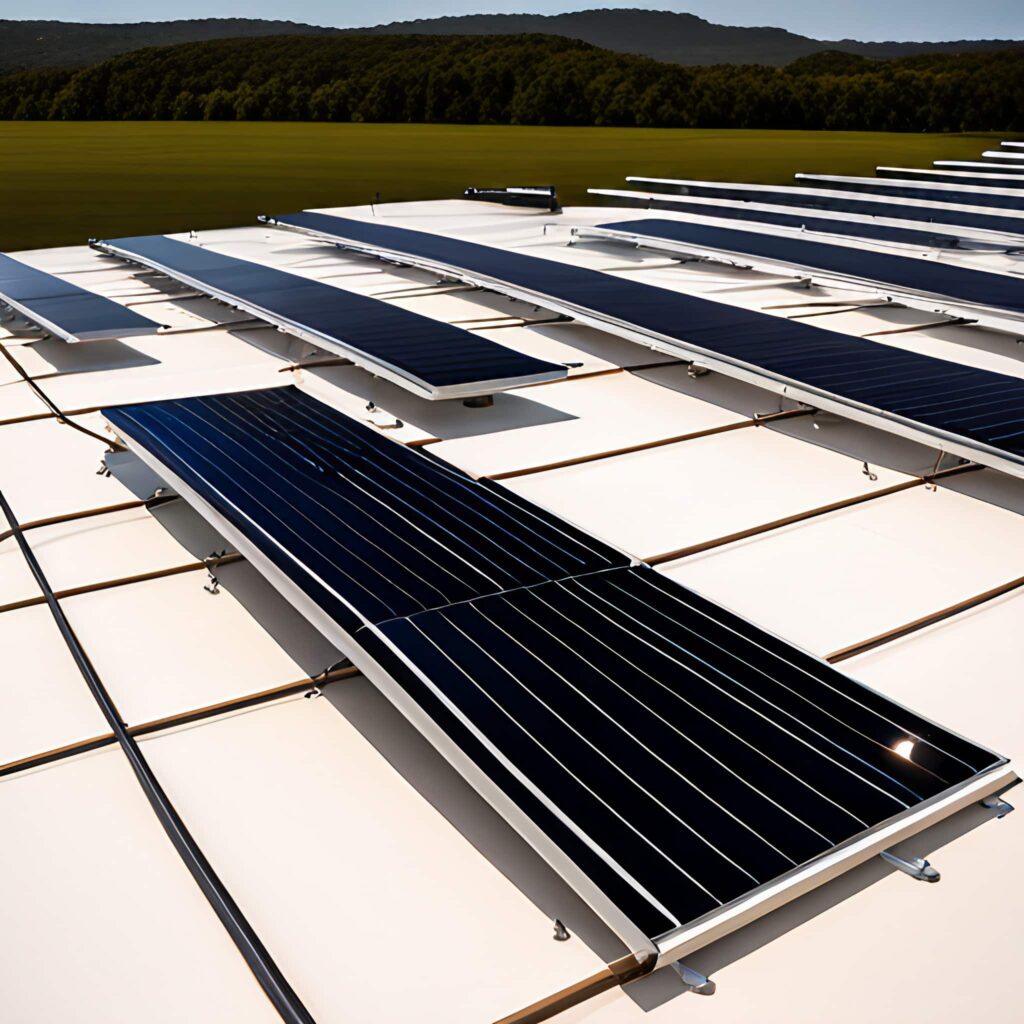
Navigating local zoning regulations and permitting requirements is essential to solar project development. Municipalities play a pivotal role in promoting solar energy by establishing guidelines that balance community goals with renewable energy objectives.
Navigating Zoning Ordinances
Many local governments have specific zoning ordinances for solar farms, including setback requirements, aesthetic guidelines, and safety measures. Familiarity with these ordinances helps landowners ensure compliance, facilitating smoother project advancement.
Permitting Processes
Obtaining permits may vary by jurisdiction, with developers coordinating closely with local authorities to secure necessary environmental and electrical approvals. A streamlined approach ensures projects stay on track, minimizing potential delays.
Supporting Community Goals
Municipalities increasingly support solar initiatives as part of their sustainability agendas. By engaging with local authorities early in the planning process, developers and landowners can align projects with community goals, fostering positive relationships and improving approval prospects.
Working with Solar Developers
Partnering with experienced solar developers like Sun Source Energy simplifies navigating regulatory requirements and site challenges. These experts provide the knowledge and resources to guide landowners through the complexities of solar project development.
Securing Permits
Developers lead the permitting process, ensuring compliance with all applicable legal and environmental standards. Their established relationships with regulatory agencies help accelerate approvals, making the development process more efficient.
Addressing Local Regulations
Experienced developers understand how to navigate local regulations, working with landowners and authorities to meet zoning and environmental standards. This collaboration ensures the project adheres to local ordinances and safety requirements.
Establishing Clear Communication
Transparent communication between developers and landowners is key to a successful solar project. Regular updates and open dialogue foster trust, ensuring a smooth partnership throughout the development stages.
Leasing Land for Solar Development
Leasing land for solar offers financial benefits and is ideal for underutilized property. This option is especially appealing for land with limited agricultural value or challenging terrain, turning potential into profit.
Revenue Generation
Solar leases provide a reliable income stream, offering financial stability to landowners through long-term agreements. This consistent revenue can offset land maintenance costs and support other financial goals.
Suitability for Challenging Land
Solar farms are well-suited for land with limited agricultural productivity, such as rocky or dry areas. By utilizing these underutilized spaces, landowners contribute to sustainable energy production while maximizing their property’s potential.
Evaluating Leasing Opportunities
When exploring leasing options, landowners should carefully assess lease terms, revenue potential, and long-term commitments. Working with knowledgeable developers can clarify the benefits and considerations of leasing land for solar development.
Evaluating Your Land’s Solar Potential
Assessing your land’s solar potential involves reviewing attributes like sunlight exposure, topography, and proximity to infrastructure. Tools like our SolarDesign Pro offer valuable insights, helping you make data-driven decisions.
Assessing Suitability
Land suitability is evaluated based on sunlight availability, land features, and environmental conditions. Developers use this data to pinpoint areas with strong solar generation potential.
Exploring Incentives
Solar incentives, including tax credits and grants, play a significant role in project feasibility. Familiarizing yourself with these benefits can boost the profitability of solar development on your property.
Utilizing Solar Estimation Tools
Tools like SolarDesign Pro analyze factors like sunlight exposure and grid proximity, giving landowners a clearer picture of their property’s solar value. These insights help inform decisions about potential leasing opportunities.
Benefits of Solar Development
Hosting a solar farm brings multiple benefits, from stable income to environmental contributions. By leasing land for solar, landowners support sustainable energy and receive financial rewards.
Stable Income Source
Solar leases provide a reliable, long-term income source, helping landowners achieve financial stability. This steady revenue can offset property expenses and contribute to broader financial goals.
Environmental Impact
Solar farms reduce fossil fuel reliance, cut carbon emissions, and advance sustainability. By hosting a solar farm, landowners support clean energy and environmental conservation efforts.
Revitalizing the Land
Solar projects can even enhance land quality, making it more fertile over time. After lease agreements end, the land can return to agricultural or other uses with improved soil conditions and reduced environmental impact.
Environmental Considerations
Environmental factors play a major role in solar development, affecting site viability and guiding project decisions.
Floodplain and Wetland Concerns
Land located in floodplains or near wetlands requires extra due diligence, as these conditions can limit development. Understanding these environmental aspects is essential for choosing a suitable site.
Navigating Environmental Hazards
While some hazards can be managed, extensive challenges may impact the feasibility of solar projects. Environmental assessments identify potential issues, guiding developers in selecting the most viable locations.
Preservation and Wildlife Protection
Solar farms cannot be established on land designated for preservation or critical wildlife habitats. Compliance with these restrictions ensures ecological balance and protects vital ecosystems.
Solar Development for a Sustainable Future
Solar development offers landowners a chance to contribute to clean energy goals while benefiting financially. By understanding key factors like land suitability, zoning, and environmental impacts, landowners can make informed choices about leasing their land for solar projects. Partnering with experienced solar developers simplifies the process, enabling landowners to play an active role in sustainability while securing a steady income.
Take the first step toward a brighter, sustainable future. Contact Sun Source Energy, your trusted solar partner in Las Vegas, NV, to discover how your land can be transformed into a renewable energy asset today!


